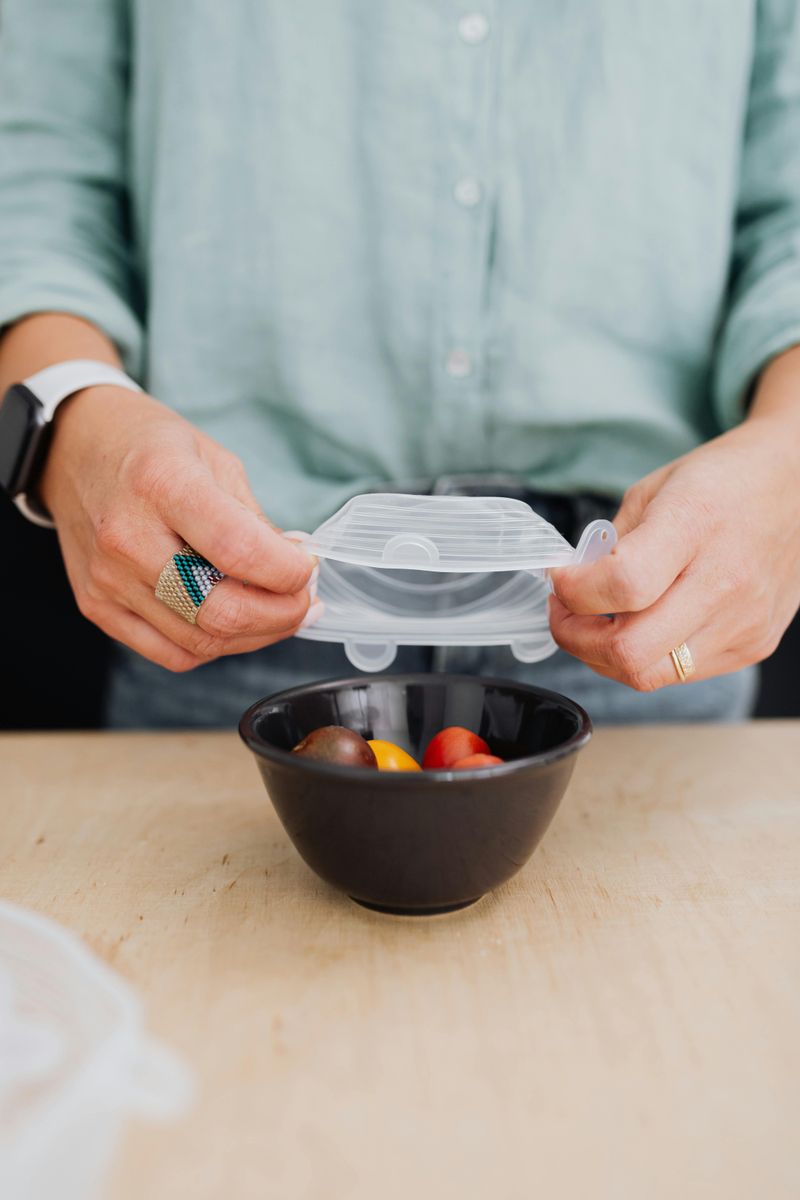Remember when stretching a dollar felt like a family sport? Growing up poor in the ’90s meant living by unspoken rules that shaped our routines, our priorities, and our sense of pride. These weren’t just cost-cutting tricks—they were survival strategies, community glue, and lessons you still carry. If these rules sound familiar, you’ll feel seen—and maybe a little nostalgic—by what comes next.
1. Nothing Wasted, Ever

In ’90s households with tight budgets, nothing went to waste—ever. Leftovers were reinvented into casseroles, soup, or tomorrow’s lunch, and bread heels became croutons or stuffing. Margarine tubs stored beans, buttons, or last night’s rice, while foil was smoothed and reused until it gave up. Kids learned the fridge rotation rule: oldest in front, newest in back. Bananas too brown? Banana bread weekend. Meat was bulk-bought, divided, and stretched with pasta or rice. Even birthdays got thrifty: one cake, careful slices, reusable candles. This wasn’t stinginess; it was resourcefulness born of necessity. The unspoken lesson was clear—respect every dollar, every bite, every item, and find value where others see trash.
2. Name Brands Are a Luxury

In many ’90s homes, brand names were for looking, not buying. Parents taught kids to compare unit prices and spot dupes with near-identical ingredients. Cereal in bags, store-brand mac and cheese, and off-label detergent ruled the pantry. Coupons and Sunday circulars determined what was for dinner, not cravings. If a name brand slipped in, it was a sale, a coupon stack, or a holiday splurge. Taste tests at home became family sport, confirming that value beat logos. Even school lunches reflected it: generic snacks tucked into reused sandwich bags. The lesson stuck hard—marketing is shiny, but thrift is power, and savings buy freedom later.
3. Hand-Me-Downs Rule the Closet

Clothes didn’t start in your drawer—they arrived with history. Older siblings, cousins, neighbors, and church drives kept closets stocked on a budget. Jeans were patched at the knees, sneakers cleaned with a toothbrush, and coats refurbished with new buttons. Back-to-school shopping often meant sorting bags of donated clothes on the living room floor. Kids learned to tailor: cuff a sleeve, hem a pant leg, add iron-on patches. Brand envy stung, but pride grew when you made an outfit yours. Picture day? The best hand-me-down was saved and pressed the night before. That ritual quietly taught resilience, creativity, and the difference between style and spending.
4. If It Works, It Stays

Replacing things wasn’t automatic—function beat fashion. The TV with rabbit ears, the couch with a throw blanket hiding wear, the blender that needed a smack—all stayed until they truly quit. Manuals and warranty cards lived in a kitchen drawer, and duct tape solved more than it should. Repair culture wasn’t just practical; it was identity. Neighbors lent tools, uncles tinkered, and kids learned to troubleshoot before spending. Buying new required a compelling reason and three prices compared. This mindset built patience and problem-solving, plus a soft spot for well-loved objects. It taught that longevity isn’t luck—it’s care, maintenance, and a refusal to give up early.
5. Lights Off, Doors Closed

Utilities were a family project. “We don’t heat the whole neighborhood” echoed as doors stayed shut and drafts got blocked with rolled towels. Lights off when leaving a room, showers timed, and the thermostat sacred—often set low with sweaters doing the rest. Dishes soaked instead of running hot water nonstop, and power strips clicked off at night. Summer meant box fans, cross-breezes, and popsicles in place of AC. Winter meant hot tea and blankets for TV time. Kids absorbed the invisible math: every switch had a cost. It wasn’t about discomfort; it was control. Saving on bills meant groceries lasted, and stress at the kitchen table eased.
6. Cash First, Treats Last

Money rules were strict and simple: bills, food, gas—then treats if anything remained. Payday meant envelopes or a ledger where every dollar had a job. Layaway replaced credit cards, and yard sales funded birthday gifts. Eating out was rare and precious—often pizza on report card day. Kids learned to say no to impulse buys and yes to delayed gratification. Change jars matured into school trip money. Even celebrations followed a plan: potlucks, bake sales, shared costs. When emergencies hit, luxuries paused without debate. That discipline became a lifelong compass, proving that priorities aren’t restrictive—they’re freeing, because they protect what matters most.
7. Family Over Everything

When money was tight, community filled the gaps. Carpooling to work and school, shared childcare, and potluck dinners stretched resources and spirits alike. Holidays meant crowded living rooms, extra folding chairs, and casseroles that could feed ten. Borrowed tools, swapped babysitting, and ride shares gave everyone a safety net. Kids saw love measured in time, not price tags—movie nights with taped-from-TV films, board games with missing pieces, and backyard barbecues with homemade lemonade. The rule was simple: show up, contribute, and be kind. Those shared hardships forged unshakeable ties and a deep gratitude for people over possessions.

Comments
Loading…